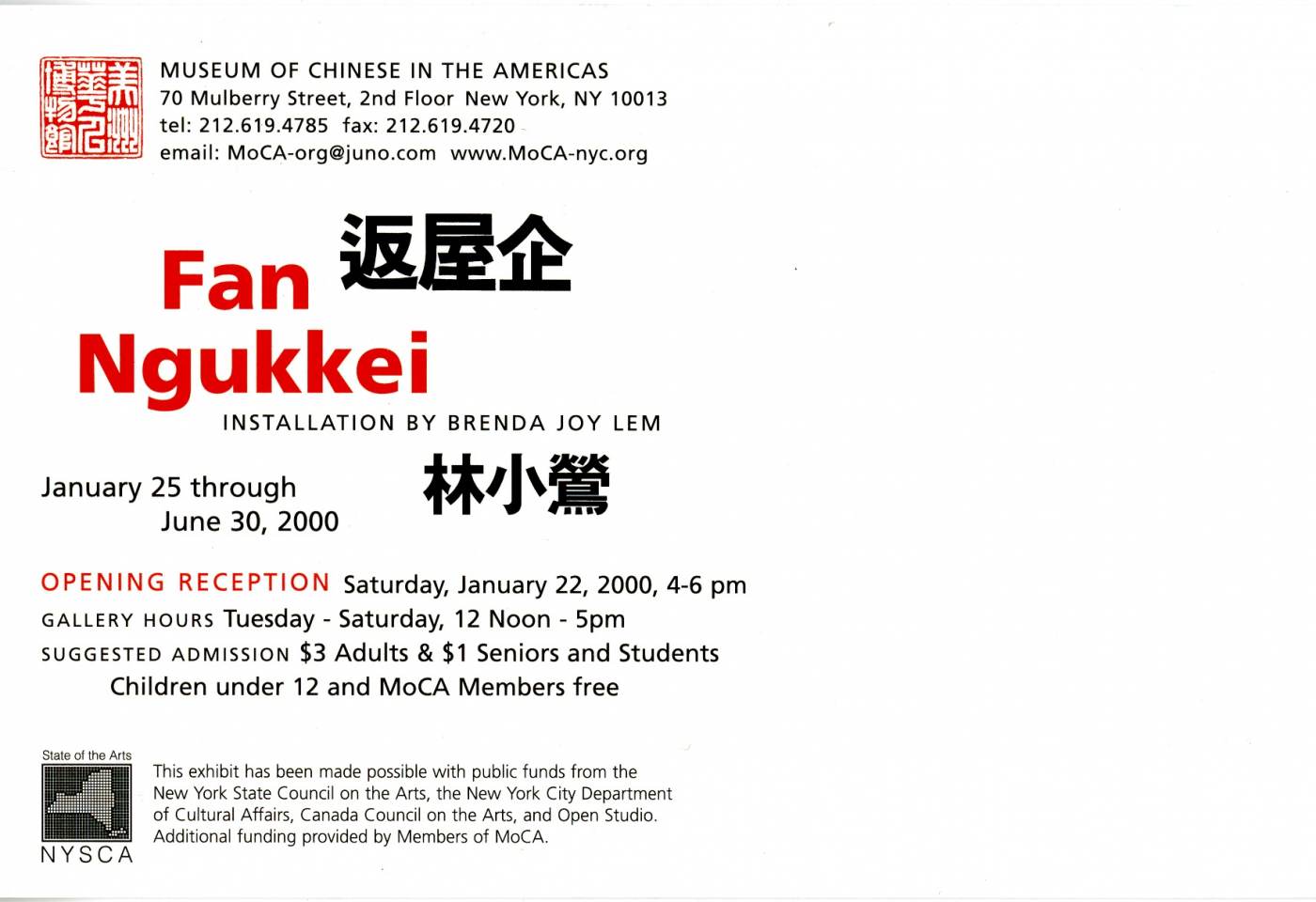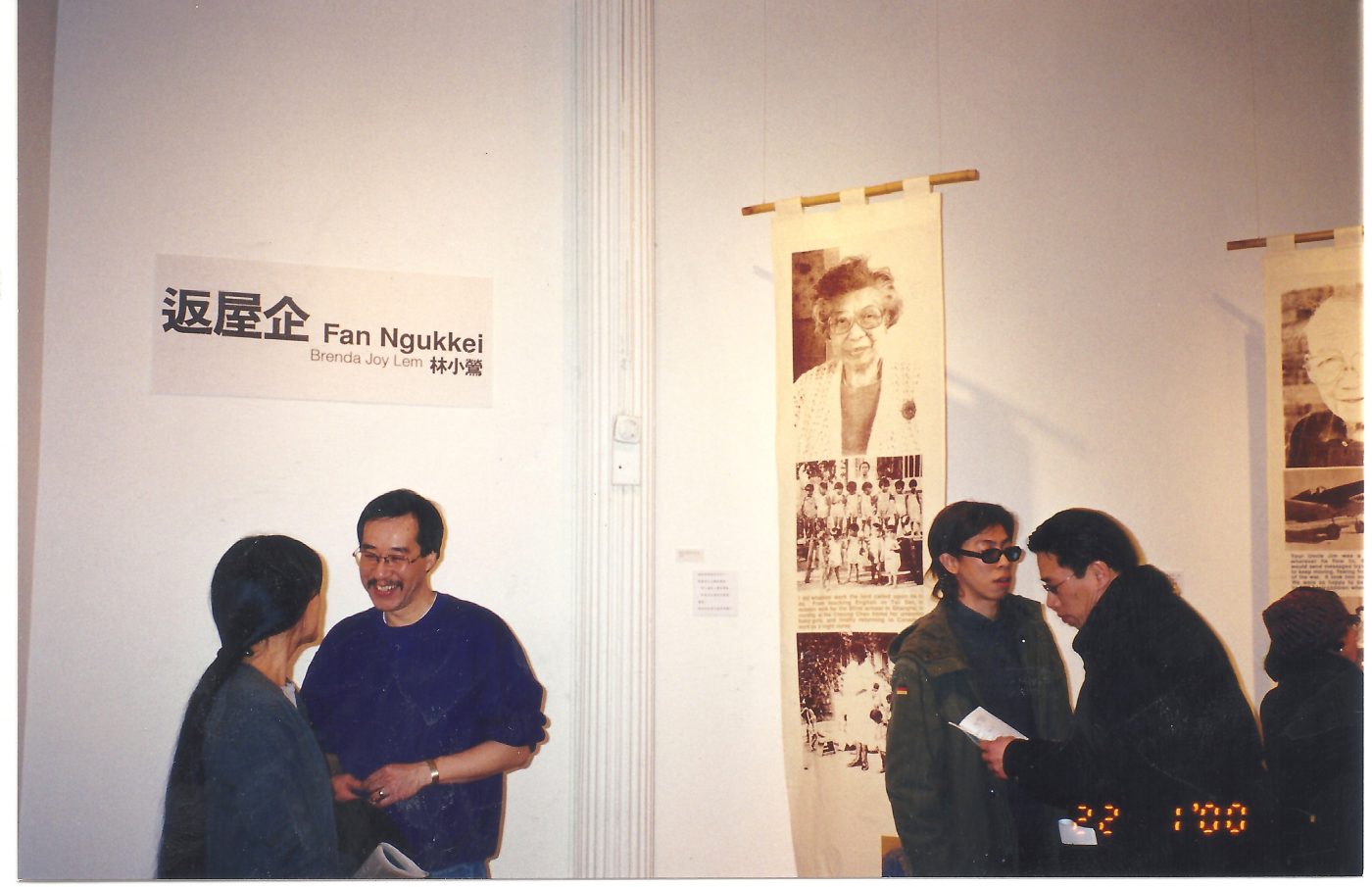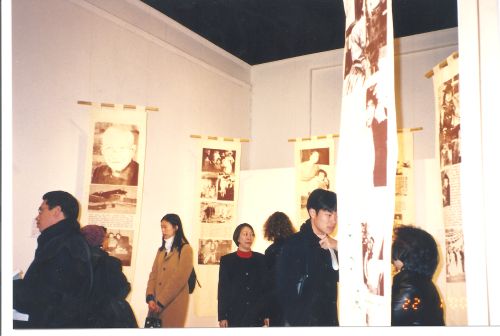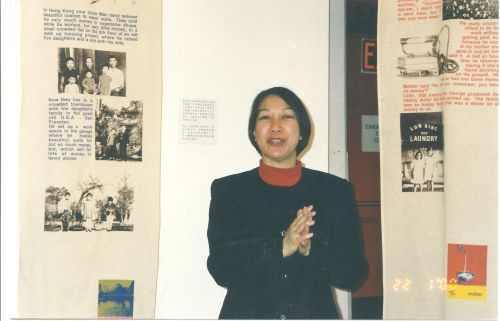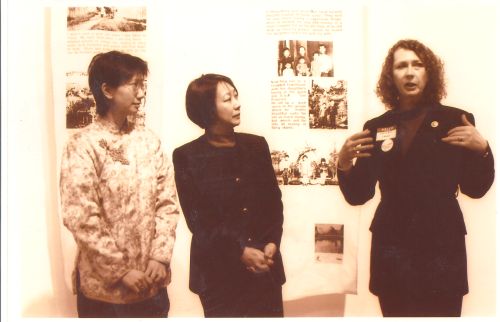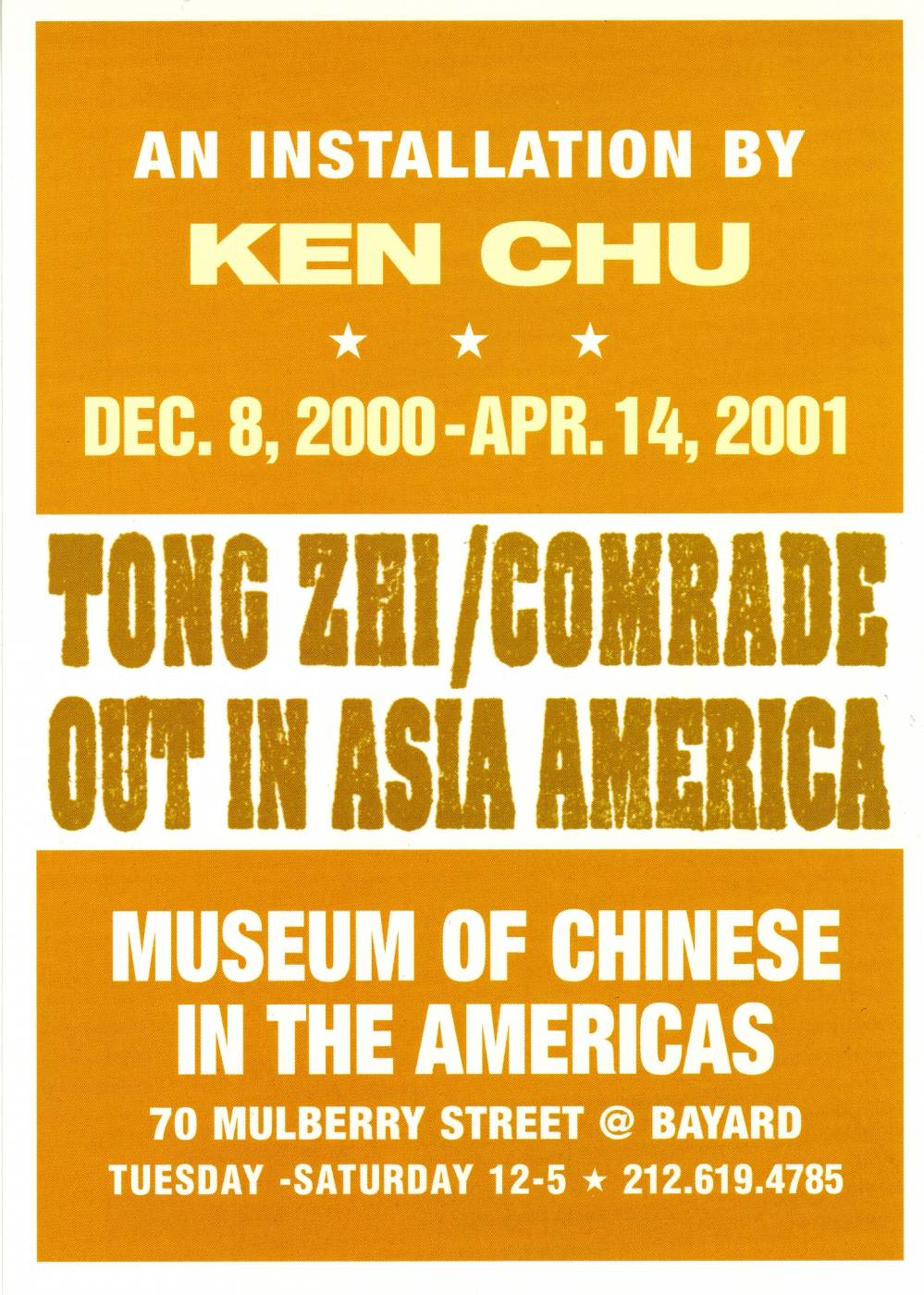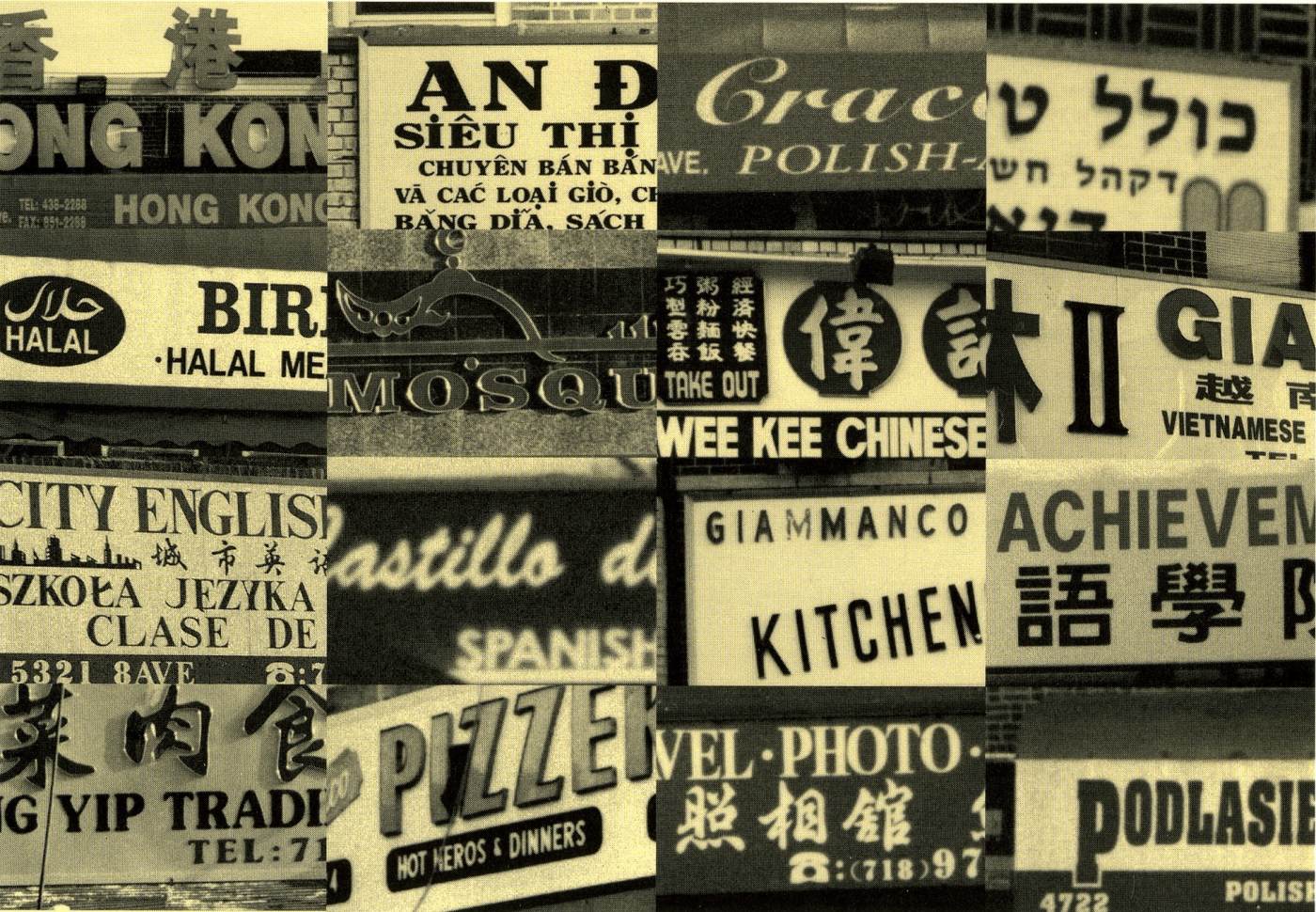Brenda Joy Lem is a third-generation Chinese Canadian. In 1997, she presented a show called Fan Ngukkei, (translated as “returning home”) at the Art Gallery of Mississauga. The show focused on exploring her Toisan ancestry through oral histories with her family and anchored in the physical medium using silkscreen banners. The show caught the eye of curators at MOCA and, in 2000, the show was modified and installed at MOCA. The show at MOCA was more targeted at showing Lem’s interpretations of Toisan culture and how that influenced her art and world views.
Collections馆藏Collections馆藏Collections馆藏Collections馆藏Collections馆藏Collections馆藏Collections馆藏Collections馆藏Collections馆藏Collections馆藏Collections馆藏Collections馆藏Collections馆藏Collections馆藏Collections馆藏Collections馆藏Collections馆藏Collections馆藏Collections馆藏Collections馆藏Collections馆藏Collections馆藏Collections馆藏Collections馆藏Collections馆藏Collections馆藏Collections馆藏Collections馆藏Collections馆藏Collections馆藏Collections馆藏Collections馆藏Collections馆藏Collections馆藏Collections馆藏Collections馆藏Collections馆藏Collections馆藏Collections馆藏Collections馆藏Collections馆藏Collections馆藏Collections馆藏Collections馆藏Collections馆藏Collections馆藏Collections馆藏Collections馆藏Collections馆藏Collections馆藏Collections馆藏Collections馆藏Collections馆藏Collections馆藏Collections馆藏Collections馆藏Collections馆藏Collections馆藏Collections馆藏Collections馆藏Collections馆藏Collections馆藏Collections馆藏Collections馆藏
Fan Ngukkei, 2000

